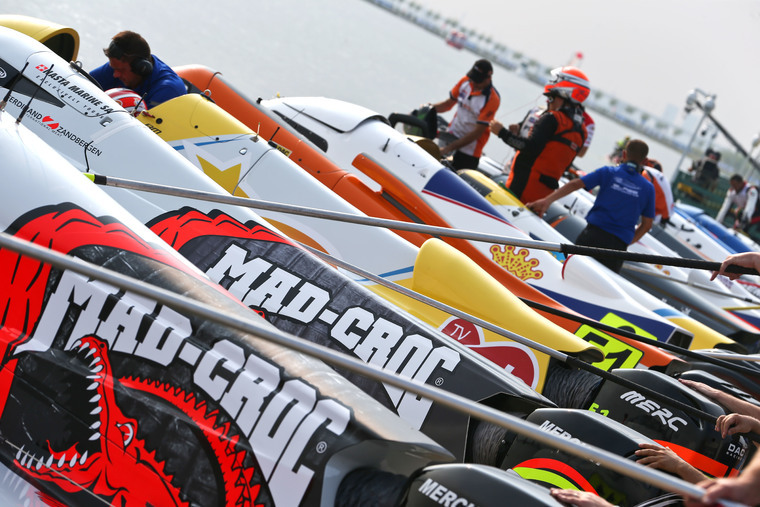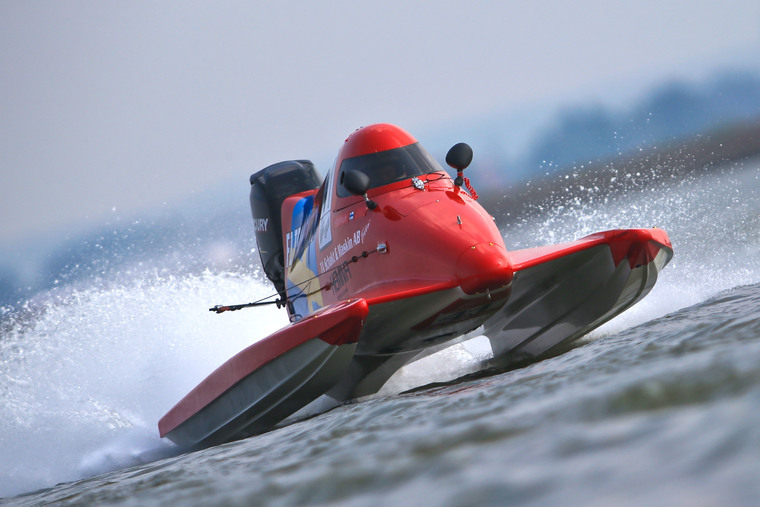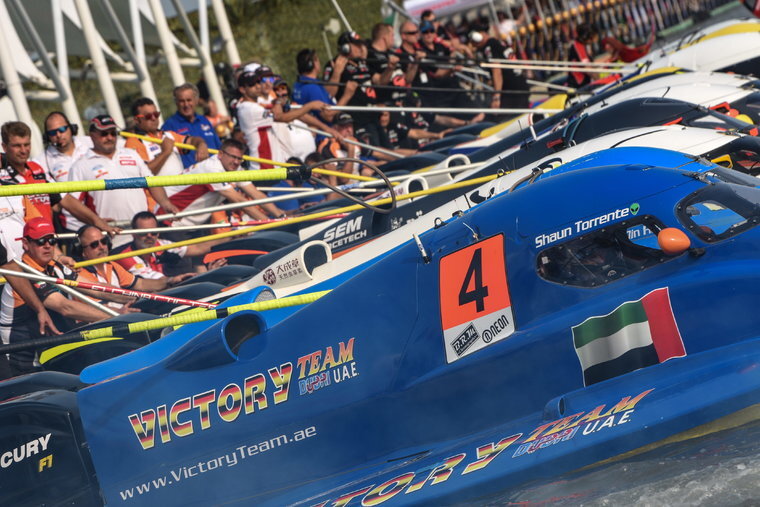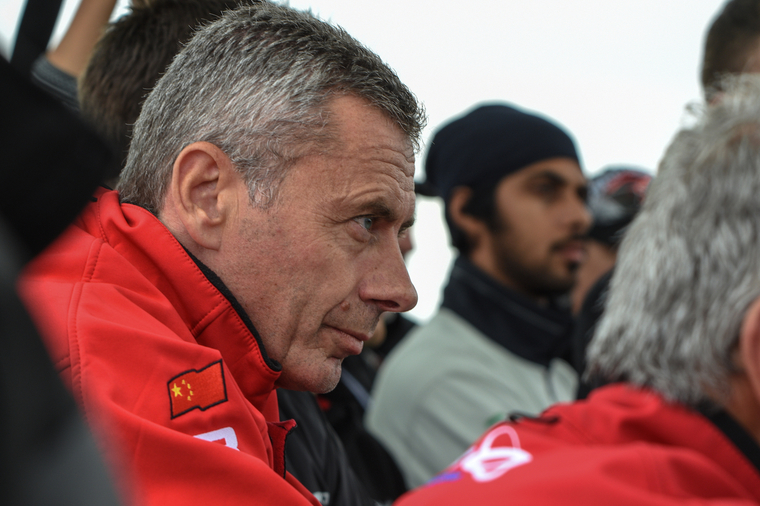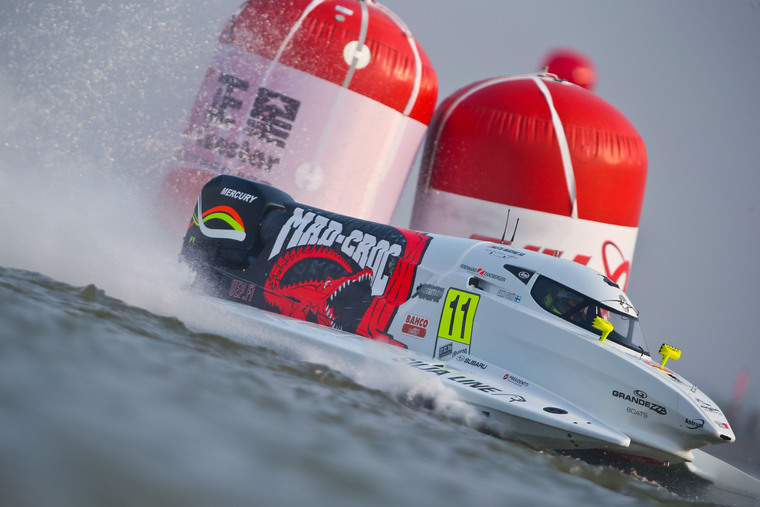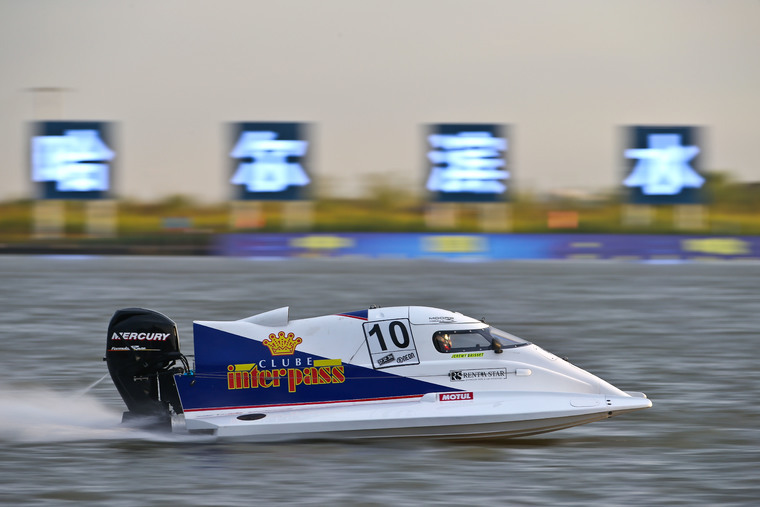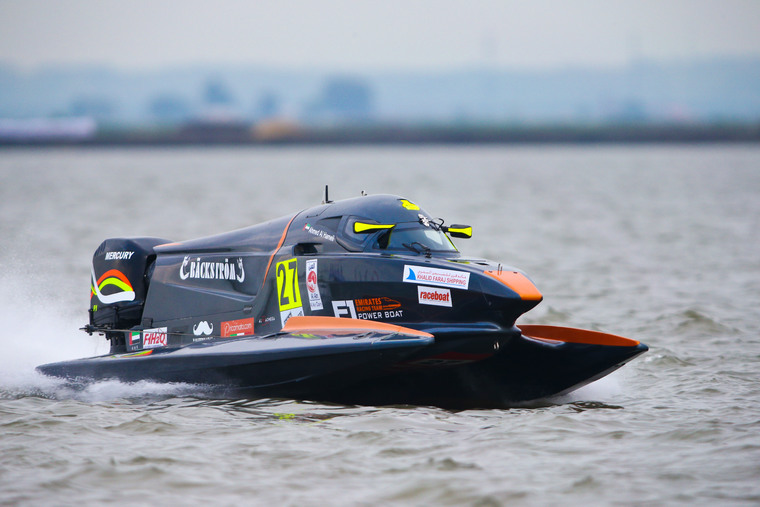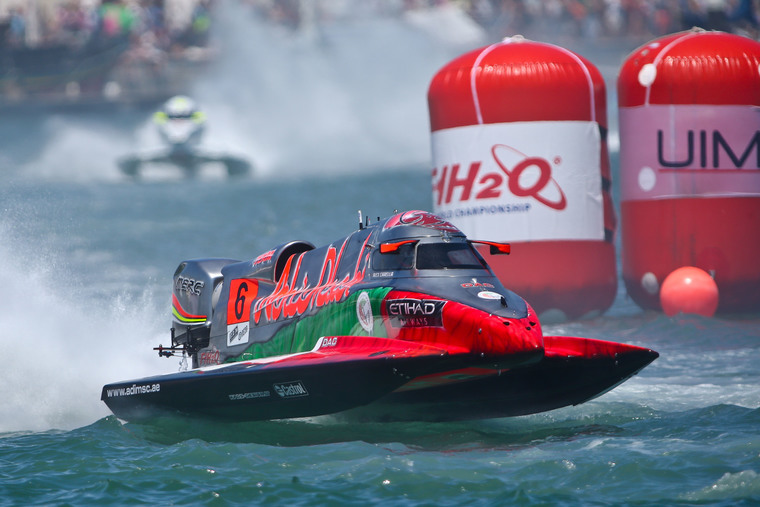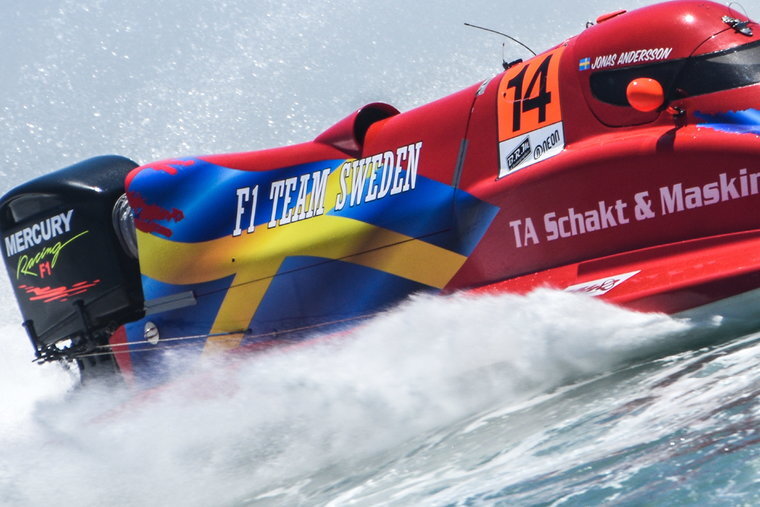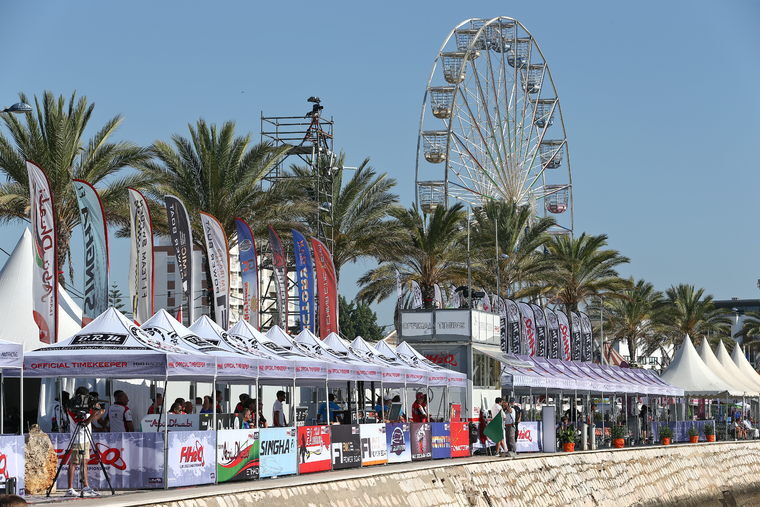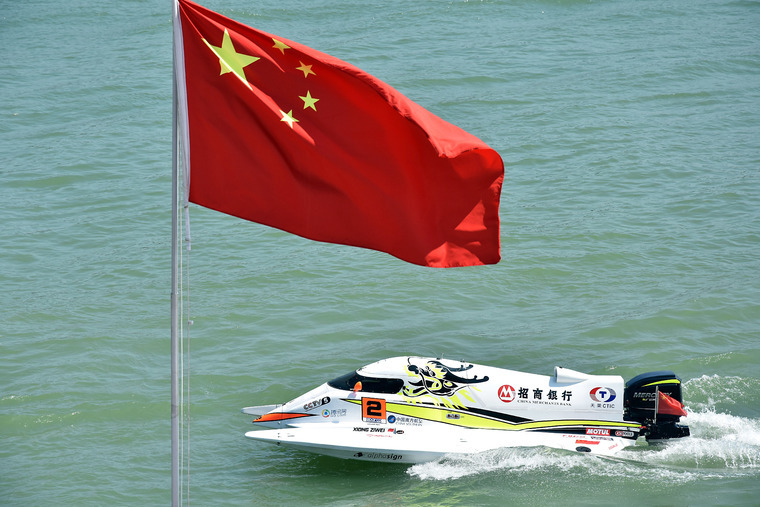Harbin is the capital and largest city of Heilongjiang province in the north eastern region of the People's Republic of China. Holding sub-provincial administrative status, Harbin has direct jurisdiction over nine metropolitan districts, two county-level cities and seven counties. Harbin is the eighth most populous Chinese city and the most populous city in Northeast China.
The City serves as a key political, economic, scientific, cultural, and communications hub in Northeast China, as well as an important industrial base of the nation.
Harbin, which was originally a Manchu word meaning ‘a place for drying fishing nets’ grew from a small rural settlement on the Songhua River to become one of the largest cities in Northeast China. Founded in 1898 with the coming of the Chinese Eastern Railway, the city first prospered as a region inhabited by an overwhelming majority of the immigrants from the Russian Empire.
Having the most bitterly cold winters among major Chinese cities, Harbin is heralded as the Ice City for its well-known winter tourism and recreations. Harbin is notable for its beautiful ice sculpture festival in the winter.
In the 1920s, the city was considered China's fashion capital since new designs from Paris and Moscow reached here first before arriving in Shanghai. The city has been voted ‘China Top Tourist City’ by China National Tourism Administration and in 2010, Harbin was appointed a UNESCO "City of Music" as part of the Creative Cities Network.
| NATURE OF WATER | Fresh Water | TOTAL LENGTH OF CIRCUIT | 2049 m |
| NUMBER OF BUOYS | 4 Buoys | DESCRIPTION OF TURNING BUOYS | 4 Orange |
| MINIMUM DEPTH OF CIRCUIT AT JETTY | 3 m | MINIMUM DEPTH OF RACE COURSE | 5 m |
| MINIMUM WIDTH OF RACE COURSE | 70 m | HEIGHT OF THE BANKS | 1.5 m |
| ENTRY TO WATER | By crane (two cranes) | PLACE AVAILABLE FOR PUBLIC | Yes, grandstands |
| PROTECTION OF PUBLIC | Metallic Barriers | ALTITUDE OF VENUE | 140 m |
| CATEGORIES TO RACE | F1 | MAX NUMBER OF BOATS TO RACE | 24 Boats |
| POSITION OF SOUND LEVEL METER |

